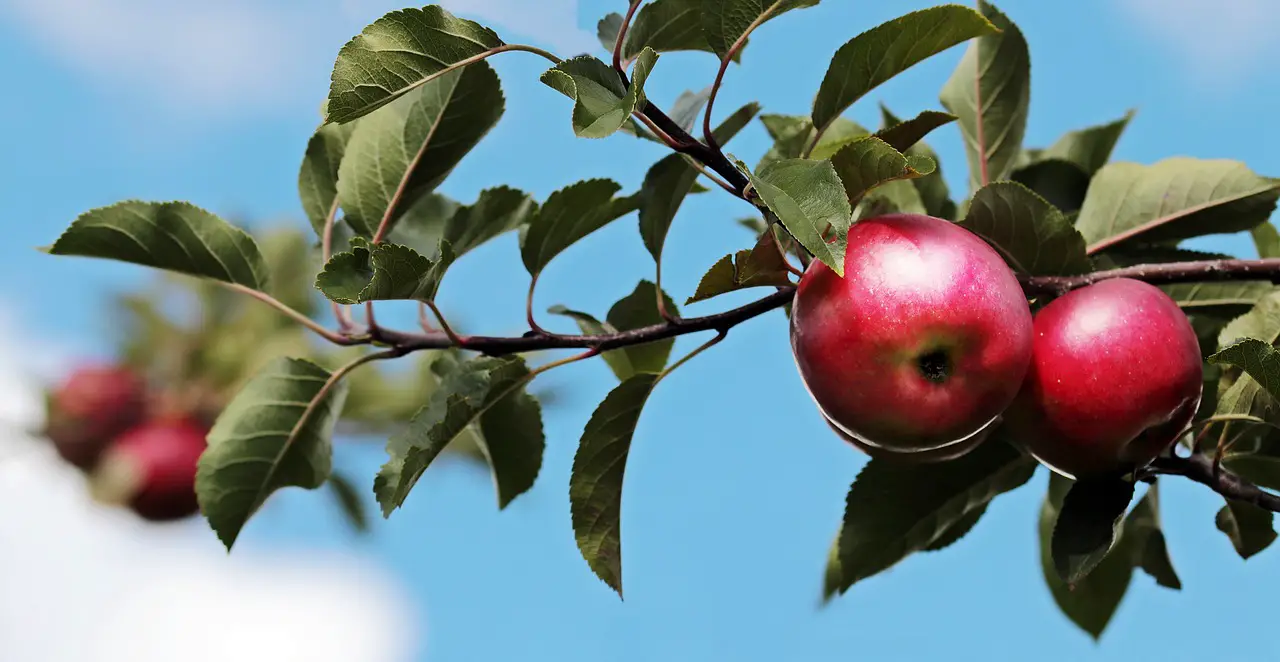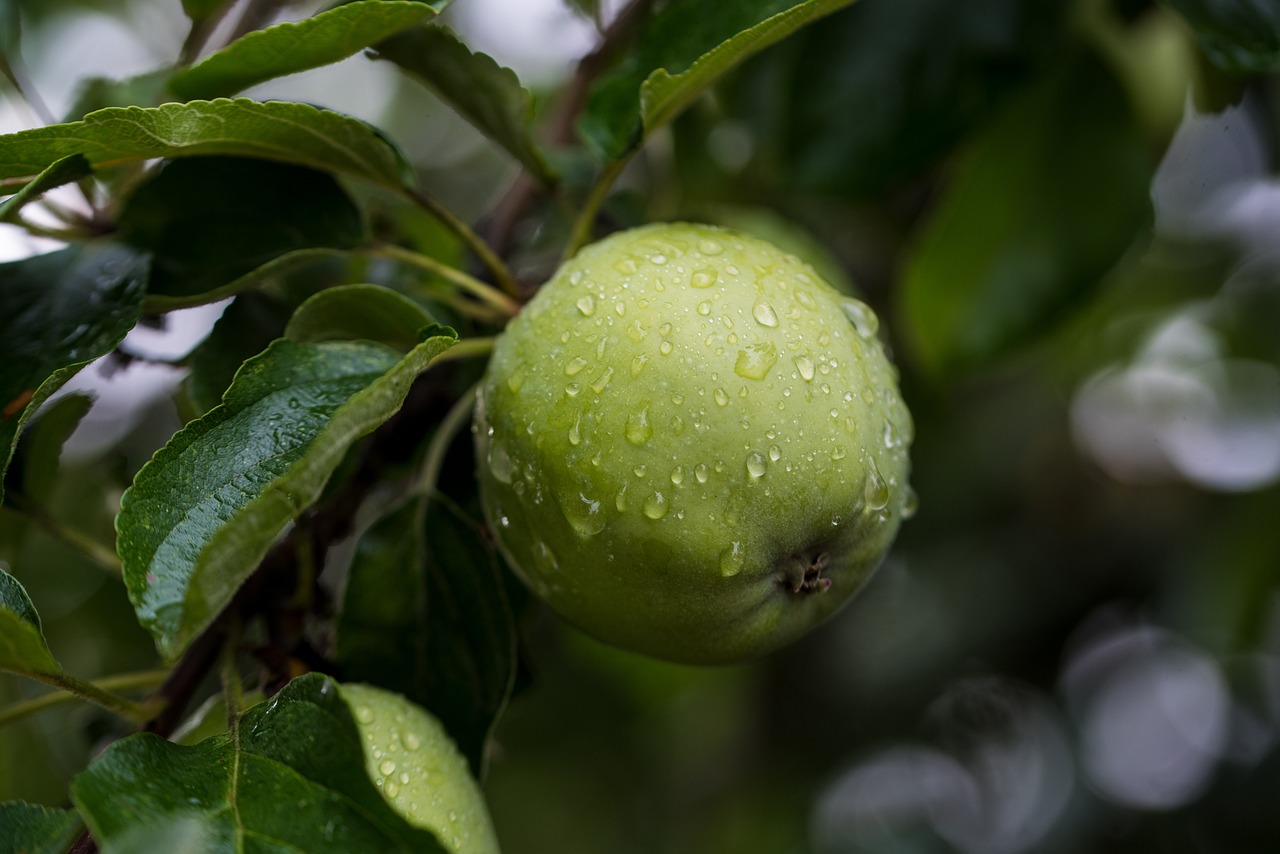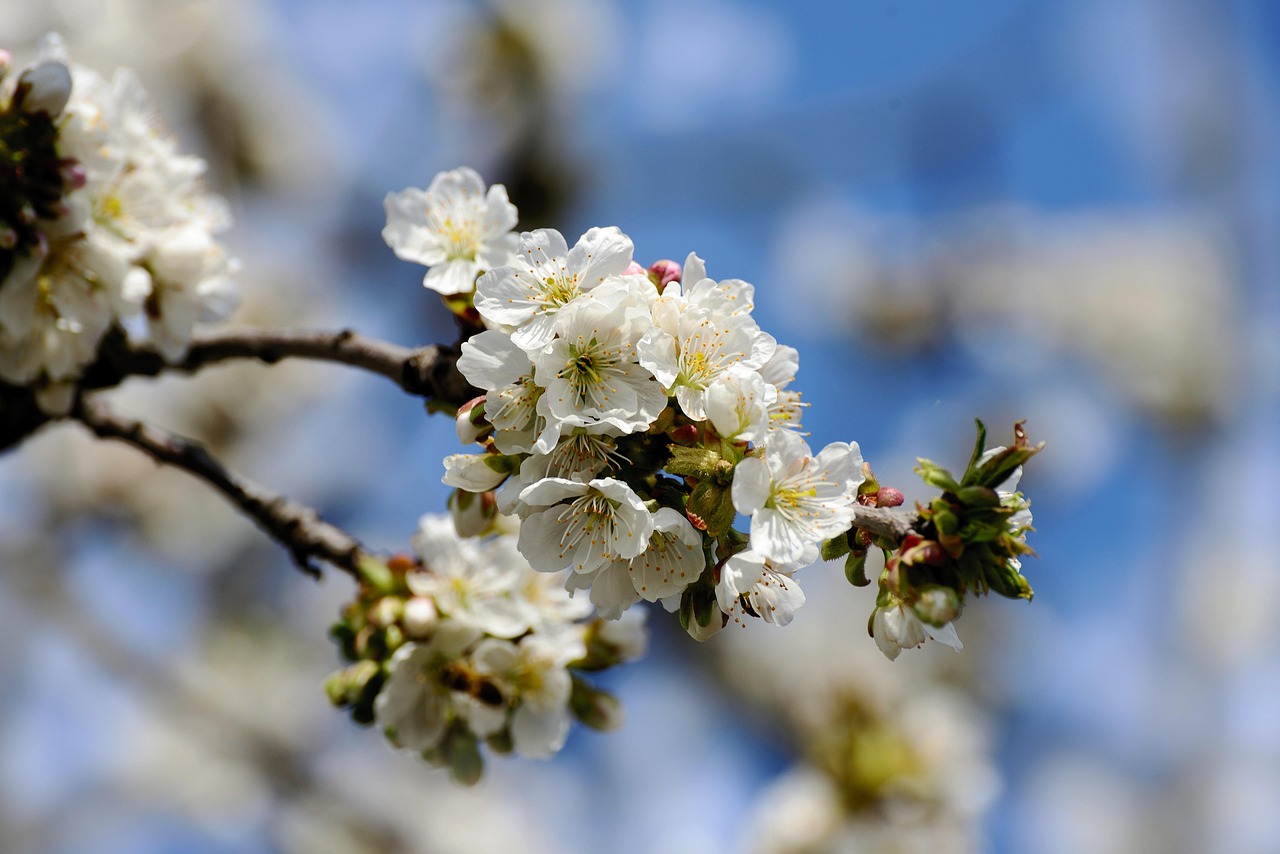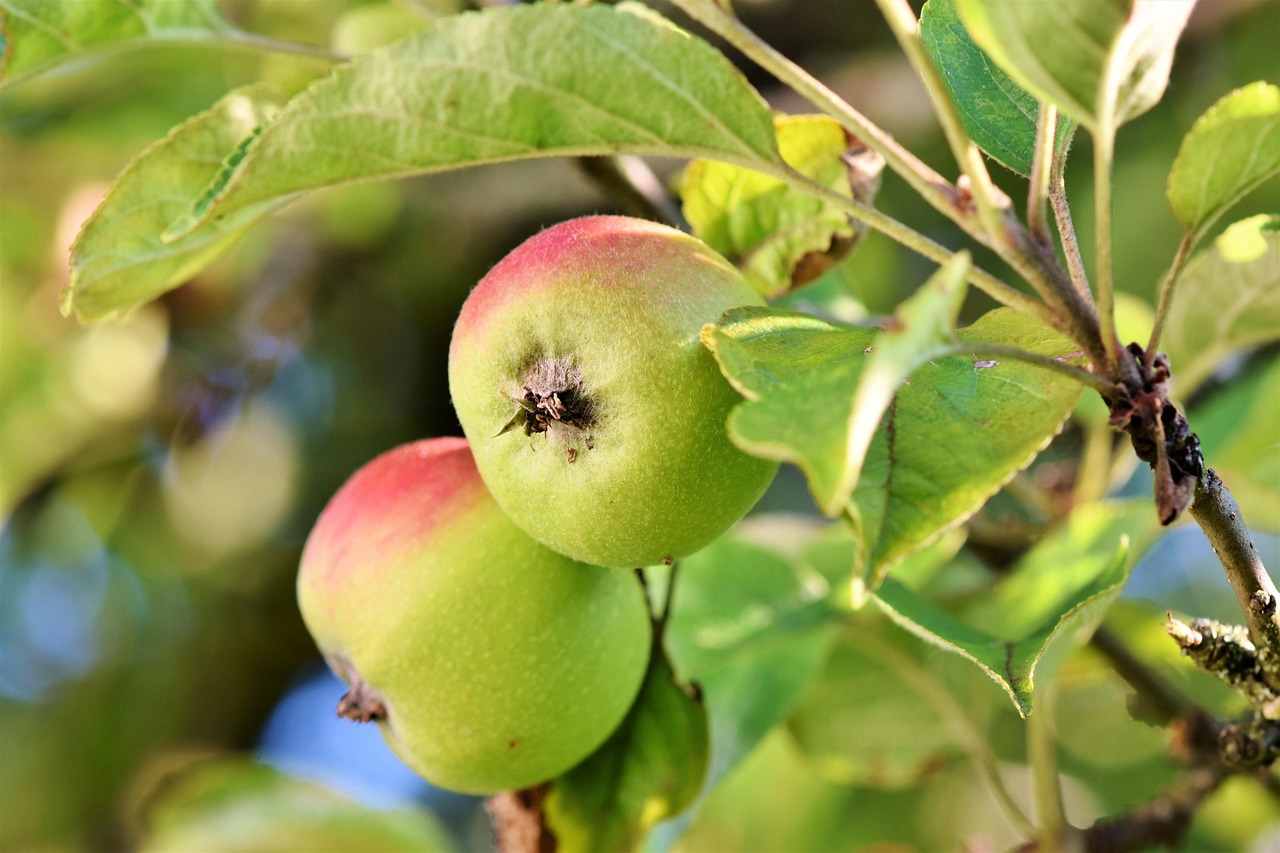The growth rate of an apple tree from seed can vary significantly, but typically, you can expect seed germination to occur within 1 to 2 months. After germination, the tree will take approximately 5 to 8 years to bear fruit, depending on the variety and growing conditions.
Understanding Apple Tree Growth from Seed
Growing an apple tree from seed is a fascinating process that allows gardeners to connect with nature. While the journey from seed to fruit-bearing tree can be lengthy, it is rewarding. Many people are surprised to learn that apple trees do not grow as quickly as some other fruit trees. The growth rate and timeline depend on various factors, including the apple variety, climate, soil quality, and care provided during the growing process.

Apple seeds require specific conditions to germinate effectively. The seeds need to undergo a process called stratification, which mimics winter conditions. This process is crucial for breaking dormancy and promoting germination. Without it, seeds may remain inactive for an extended period. Once germinated, the seedling will begin its journey toward becoming a mature apple tree.
The Germination Process
The first step in growing an apple tree from a seed is germination. This phase typically takes between 1 and 2 months. During this time, the seeds should be kept in a cool, damp environment. Here are the general steps for successful germination:
- Obtain fresh apple seeds from a ripe apple.
- Cleanse the seeds and allow them to dry.
- Place the seeds in a moist paper towel.
- Seal the towel in a plastic bag and refrigerate for 6 to 8 weeks.
- After stratification, plant the seeds in soil.
Once the seeds have germinated, they will sprout and begin to grow into seedlings. At this stage, it is essential to provide them with adequate light and water to ensure strong growth.

Seedling Development
After germination, the seedlings will start developing leaves and roots. The growth rate during this phase can vary but generally, seedlings will grow several inches each year under optimal conditions. Factors that affect seedling development include:
- Light: Adequate sunlight is crucial for healthy growth.
- Water: Consistent watering helps maintain soil moisture without over-saturation.
- Soil Quality: Nutrient-rich soil supports robust growth.
- Temperature: Apple trees thrive in moderate temperatures.
Providing the right care during this phase is critical for the long-term health of the tree. As the seedlings grow, they will eventually need to be transplanted into larger pots or directly into the ground.
Timeframe for Maturity
The journey from seedling to mature apple tree typically spans several years. On average, it takes about 5 to 8 years for an apple tree grown from seed to start producing fruit. This timeframe may vary based on factors such as:

- The specific variety of apple tree.
- The growing conditions in your area.
- The care provided throughout the growing process.
While it may be tempting to rush the process, patience is key when growing an apple tree from seed. During these years, proper care will help ensure a healthy tree that can eventually produce delicious apples.
Factors Influencing Growth Rate
Several factors can influence the growth rate of an apple tree from seed. Understanding these factors can help you provide optimal conditions for your tree:
| Factor | Description |
|---|---|
| Variety | Different apple varieties have unique growth rates and fruiting timelines. |
| Climate | Temperature and seasonal changes affect growth speed. |
| Soil Type | Nutrient-rich soils promote faster growth. |
| Water Availability | Consistent watering leads to healthier and quicker growth. |
| Pest Management | Protecting young trees from pests ensures better growth rates. |
By addressing these factors, you can enhance your chances of successfully growing an apple tree from seed and enjoying its fruits in the years to come.

Best Practices for Growing Apple Trees from Seed
To ensure successful growth of apple trees from seed, following best practices is essential. These practices encompass everything from seed selection to care during the early years. Implementing these techniques can greatly enhance the health and productivity of your apple tree.
Choosing the Right Seeds
The first step in growing an apple tree is selecting high-quality seeds. Here are some tips for choosing the best seeds:
- Source: Choose seeds from reputable sources or well-known apple varieties.
- Freshness: Use seeds from freshly harvested apples for better germination rates.
- Variety: Consider the apple variety based on your climate and desired fruit characteristics.
Some popular apple varieties for growing from seed include Honeycrisp, Fuji, and Granny Smith. Each offers unique flavors and characteristics, influencing your choice based on personal preference and climate suitability.
Preparing Seeds for Germination
Once you have selected your seeds, proper preparation is crucial. The stratification process helps mimic winter conditions, promoting successful germination. Here’s how to prepare your seeds:
- Remove the seeds from the apple and rinse them to remove any fruit residue.
- Dry the seeds for a day or two to prevent mold during stratification.
- Place seeds in a moist paper towel, fold it, and then seal it in a plastic bag.
- Store the bag in the refrigerator for 6 to 8 weeks.
This stratification process is vital for breaking dormancy, allowing seeds to germinate when planted.
Planting Your Germinated Seeds
After stratification, it’s time to plant your germinated seeds. Follow these steps for optimal planting:
- Soil Preparation: Use a well-draining potting mix enriched with organic matter.
- Depth: Plant seeds about one inch deep in the soil.
- Spacing: If planting multiple seeds, space them at least 6 inches apart.
Once planted, gently water the soil to keep it moist but not waterlogged. Place the pots in a warm location with plenty of sunlight to encourage growth.
Caring for Young Apple Trees
The care of young apple trees is crucial during their formative years. Providing support and proper maintenance will help them grow strong and healthy.
Watering and Fertilization
Young apple trees need consistent watering and proper fertilization. Here are key points to remember:
- Watering: Water young trees deeply once a week, ensuring the soil remains moist but not soggy.
- Fertilization: Start with a balanced fertilizer when the tree is about a year old. Follow the manufacturer’s instructions for application rates.
Pest and Disease Management
Pests and diseases can pose significant threats to young trees. Here are some preventive measures:
- Regular Inspection: Check leaves and stems for signs of pests or disease.
- Natural Treatments: Use organic pesticides or neem oil to treat infestations when necessary.
- Companion Planting: Plant companion plants that deter pests near your apple tree.
Caring for your apple tree includes being proactive about potential issues. Early detection can save your tree from severe damage.
The Role of Pruning in Growth
Pruning is an essential aspect of managing apple trees as they grow. It helps shape the tree and encourages healthy growth. Here’s how to approach pruning:
When to Prune
The best time to prune apple trees is during late winter or early spring, before new growth begins. This timing helps minimize stress on the tree.
How to Prune
- Remove any dead or diseased branches first.
- Thin out crowded areas to improve airflow and sunlight penetration.
- Cuts should be made at a 45-degree angle to encourage healing.
Proper pruning techniques promote healthier branches and better fruit production as the tree matures.
By following these best practices for growing apple trees from seed, you can set a strong foundation for your future apple harvests. Ensuring proper care during each stage of growth will lead to healthier trees and bountiful fruit production in the years ahead.
Common Challenges in Growing Apple Trees from Seed
While growing apple trees from seed can be rewarding, it is not without challenges. Understanding these potential issues will help you be better prepared to address them as they arise.
Germination Issues
One of the most common challenges faced by gardeners is successful seed germination. Several factors can hinder this process:
- Seed Quality: Poor-quality or old seeds may have a low germination rate.
- Stratification Errors: Inadequate stratification can prevent seeds from breaking dormancy.
- Temperature Fluctuations: Extreme temperature changes during the germination period can negatively affect seed viability.
To improve germination rates, ensure that you use fresh seeds and adhere to proper stratification protocols. Monitoring the temperature and moisture levels during this phase is also crucial.
Pests and Diseases
Pests and diseases can significantly impact young apple trees. Common issues include:
- Aphids: These small insects can sap the tree’s strength by feeding on its sap.
- Apple Scab: A fungal disease that causes dark spots on leaves, affecting their ability to photosynthesize.
- Coddling Moth: The larvae of this pest can damage developing fruit.
Regular inspections and early intervention are vital when dealing with pests and diseases. Using organic remedies or introducing beneficial insects can help keep these issues at bay.
The Importance of Pollination
Pollination plays a crucial role in the fruiting process of apple trees. While some apple varieties are self-pollinating, others require cross-pollination for optimal fruit set. Here’s what you need to know about pollination:
Self-Pollinating vs. Cross-Pollinating Varieties
Understanding the differences between self-pollinating and cross-pollinating apple varieties is essential for successful fruit production:
| Type | Description |
|---|---|
| Self-Pollinating | These varieties can produce fruit with pollen from the same tree. Examples include Fuji and Gala. |
| Cross-Pollinating | These varieties require pollen from a different apple tree to set fruit. Popular examples include Honeycrisp and Granny Smith. |
If you choose a cross-pollinating variety, it’s essential to plant at least two different varieties nearby to ensure successful pollination. This strategy increases the chances of producing a bountiful crop of apples.
Attracting Pollinators
Encouraging pollinators such as bees to visit your apple trees can greatly enhance fruit production. Here are some tips for attracting these beneficial insects:
- Diverse Planting: Grow a variety of flowering plants nearby to provide food sources for pollinators.
- Avoid Pesticides: Limit pesticide use during flowering periods to protect pollinator populations.
- Create Habitats: Plant native wildflowers and maintain areas of natural vegetation to attract bees and other pollinators.
By fostering a pollinator-friendly environment, you can support the health of your apple trees and enhance fruit yields.
Understanding Fruit Development
The journey from flower to fruit involves several stages. Understanding these stages helps you better appreciate the growth process and manage expectations.
Flowering Stage
The flowering stage typically occurs in spring, marking the beginning of fruit development. During this time, blossoms emerge, attracting pollinators. Each flower has the potential to develop into a fruit if successfully pollinated.
Fruit Set Stage
After successful pollination, the fruit set stage begins. This phase usually occurs in late spring to early summer. During this time, tiny apples begin to form on the tree. Factors influencing fruit set include:
- Pollen Quality: Healthy pollen leads to better fruit set rates.
- Weather Conditions: Ideal temperatures and moisture levels support successful fruit development.
Maturation Stage
The final stage is maturation, occurring in late summer to fall. During this period, apples grow larger and transition in color as they ripen. Monitoring the apples as they mature is important to determine the right time for harvest.
By understanding these stages of fruit development, gardeners can better manage their expectations and care for their apple trees during crucial growth periods.
Cultivating Healthy Apple Trees
In addition to understanding the growth stages of apple trees, cultivating a healthy environment for these trees is crucial for their long-term success. Creating an optimal growing environment can significantly impact the tree’s growth rate, health, and fruit yield.
Soil Quality and Preparation
Soil health is foundational to the success of apple trees. Quality soil should be rich in organic matter and well-draining. Here are some tips for preparing the soil:
- Testing Soil pH: Apple trees thrive in slightly acidic soil with a pH range of 6.0 to 6.8. Conduct a soil test to determine pH levels and amend accordingly.
- Incorporating Organic Matter: Add compost or well-rotted manure to enhance soil fertility and structure.
- Improving Drainage: If the soil retains too much moisture, consider adding sand or perlite to improve drainage.
Proper soil preparation sets the stage for healthy root development and overall tree vigor.
Environmental Considerations
Apple trees are sensitive to their environment. Several environmental factors can influence growth, including:
- Sunlight: Apple trees require full sun for at least six hours daily to produce optimal fruit. Ensure they are planted in an area with ample sunlight exposure.
- Wind Protection: Strong winds can damage young trees and hinder growth. Consider planting windbreaks or positioning trees away from exposed areas.
- Temperature Extremes: Protect young trees from extreme cold and heat. Mulching around the base can help regulate soil temperature.
Being mindful of these environmental factors can lead to healthier apple tree development and improved fruit production.
Harvesting Your Apples
Once your apple trees reach maturity and begin producing fruit, the next exciting stage is harvesting. Knowing when and how to harvest apples is essential for ensuring the best flavor and quality.
When to Harvest
The timing of the harvest depends on the variety of apple tree you have planted. Generally, apples are ready for harvest when:
- The color changes to the expected hue for that variety.
- The fruits become firm and develop a slight give when gently squeezed.
- The fruit drops easily from the tree with a gentle twist.
It is important to check your apples regularly as they approach maturity to avoid over-ripening, which can lead to a loss of flavor and texture.
How to Harvest
When harvesting apples, follow these best practices:
- Use Gentle Handling: Avoid bruising the fruit by handling it carefully.
- Harvest in Dry Weather: Pick apples on dry days to reduce the risk of rot during storage.
- Store Properly: Place harvested apples in a cool, dark place or refrigerate them to extend their shelf life.
Proper harvesting techniques will help maintain the quality of your apples and ensure they are enjoyed at their peak flavor.
Final Thoughts
Growing apple trees from seed is a rewarding journey that requires patience, attention, and care. From selecting quality seeds and preparing the soil to understanding growth stages and managing environmental factors, each step plays a vital role in developing healthy apple trees that eventually produce delicious fruit.
By implementing best practices for planting, nurturing, and harvesting, you can create a fruitful orchard that rewards you with bountiful harvests for years to come. Remember that every apple tree has its unique characteristics and needs, so be observant and adapt your care as necessary. With dedication and knowledge, you will enjoy the fruits of your labor—literally—and experience the joy of growing your own apples from seed.
Your journey into apple cultivation will not only yield delightful fruit but also deepen your appreciation for nature’s processes, making it all worthwhile.
